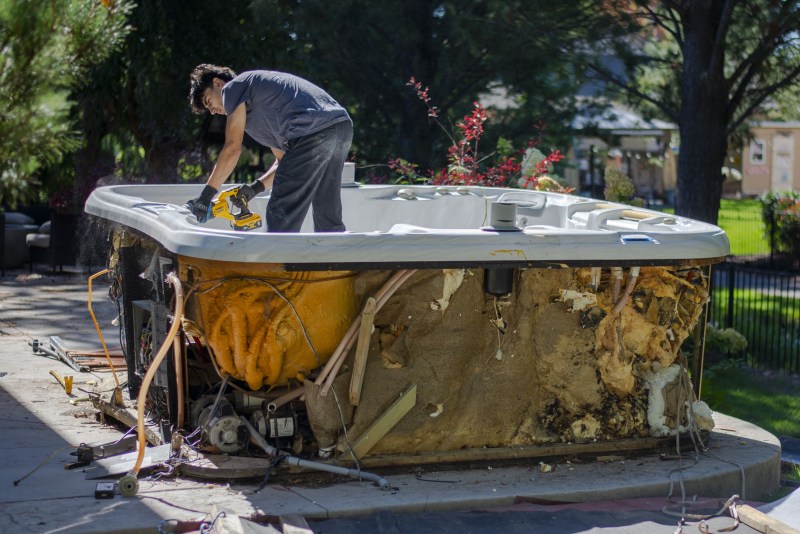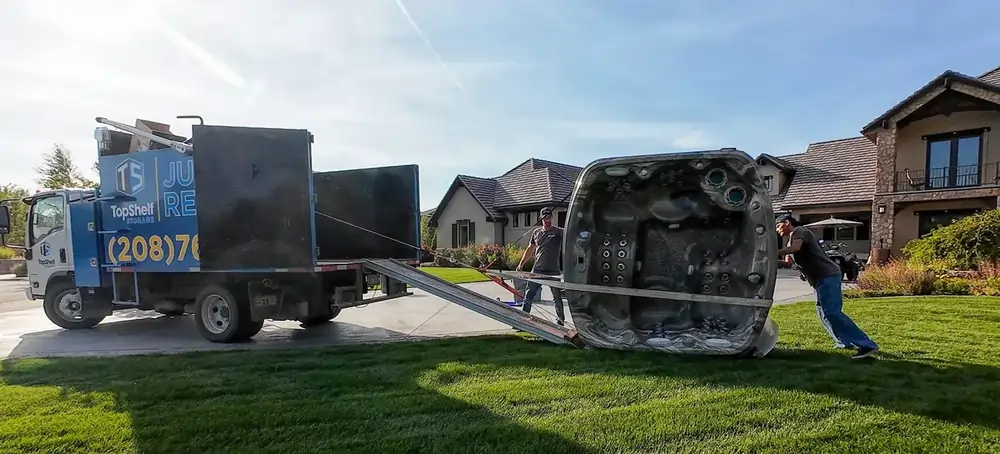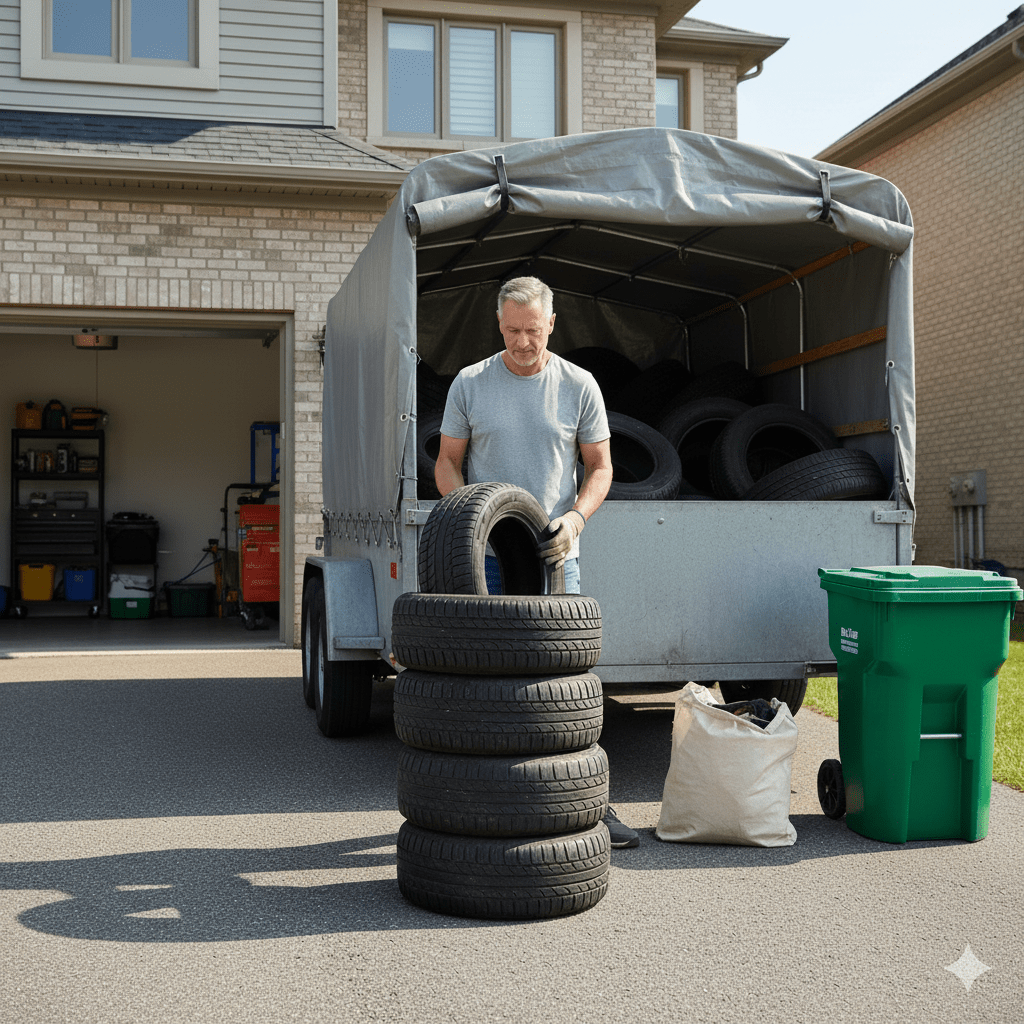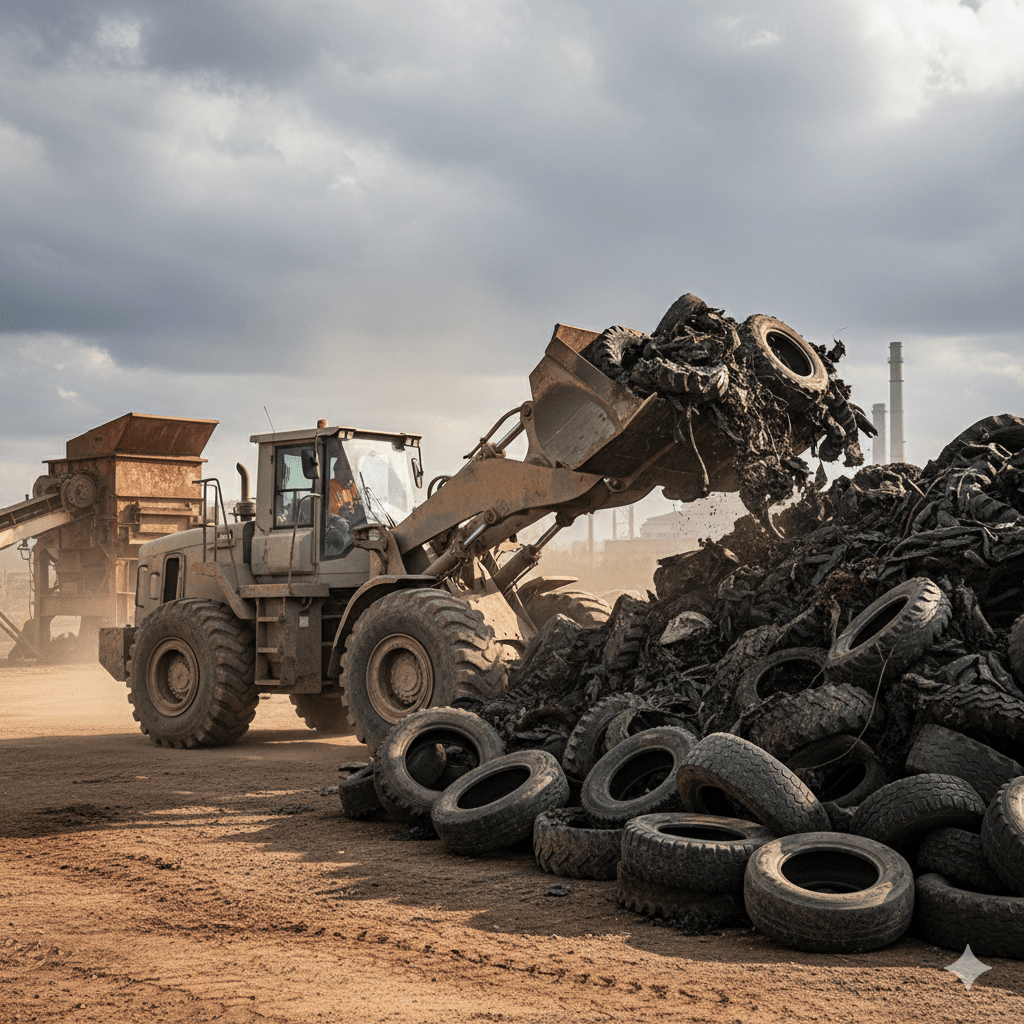A hot tub seems like a dream—until it isn’t. Maybe it’s leaking, the heater’s dead, or you just don’t use it enough to justify the maintenance. Whatever the reason, the time has come to part ways. But before the professionals show up (or you channel your inner DIY warrior), there’s some prep work to do. Getting your hot tub ready for removal isn’t just about flipping a switch and waving goodbye—it’s a process. Skip a step, and you’ll find yourself wading through puddles or worse: dealing with costly damage.
This guide will walk you through everything you need to know to prep your hot tub for removal. Follow these steps, and the whole ordeal will go smoother than the first soak you ever took.

Step 1: Drain the Water (Without Flooding Your Yard)
First things first—your hot tub needs to be empty. But draining it isn’t as easy as yanking the plug and watching the water disappear. That much water can wreak havoc if not properly managed. Here’s how to drain it the right way:
- Turn off the power: Locate the breaker or disconnect switch that controls the hot tub and turn it off. This keeps you safe and protects the equipment from damage.
- Use the drain valve: Most hot tubs have a built-in drain valve. Connect a garden hose to it, direct the other end to a safe drainage area (like a sewer cleanout or downhill path), and let gravity do its thing.
- Pump it out: If you’re in a hurry or the built-in valve drains too slowly, use a submersible pump to speed things up. A pump will drain the tub in minutes instead of hours.
- Dispose responsibly: Avoid draining chemically treated water directly into your lawn, storm drains, or streams. Some local regulations have specific guidelines for water disposal, so check your area’s rules if you’re unsure.
Step 2: Disconnect the Power Supply
Hot tubs run on electricity—sometimes a lot of it. Before removal, you’ll need to cut off the power and disconnect the wiring. If you’re comfortable working with electrical components, this might be manageable. If not, hire an electrician. Here’s what to do:
- Turn off the circuit breaker: Double-check that the power is off by flipping the tub’s breaker switch.
- Disconnect the wiring: Open the hot tub’s control panel and detach the electrical wires. You’ll typically need a screwdriver for this.
- Label the wires: If you plan to move or sell the tub, label the wires to make reinstallation easier. If not, remove the wires entirely to clear the way for removal.
Safety note: If your hot tub is hardwired, call a licensed electrician to disconnect it safely.
Step 3: Remove Skirting Panels and Accessories
Hot tubs often come with side panels, steps, or other accessories. Removing these items will make it easier to access the tub’s frame and lighten the load. Plus, the fewer obstacles, the better for whoever is hauling it away.
- Unscrew the skirting panels: Use a drill or screwdriver to remove the screws securing the panels. Store the screws in a labeled bag in case you need them later.
- Detach any accessories: If your tub has steps, railings, or a cover lifter, remove those as well. It makes the tub easier to maneuver and prevents damage.
- Inspect for hidden bolts: Some hot tubs have bolts anchoring them to the ground or deck. If yours does, unscrew and remove these before moving on.
Step 4: Plan the Pathway for Removal
Hot tubs are heavy and awkward to move, so creating a clear path from the tub to the removal vehicle is crucial. Think of it like plotting an escape route for an oversized, waterlogged prisoner.
- Measure the hot tub: Knowing the tub’s dimensions helps you plan the best route. Hot tubs are usually too wide to fit through standard doorways without tilting.
- Clear obstacles: Remove furniture, potted plants, hoses, and anything else that could trip someone or slow down the process.
- Check the terrain: If the tub needs to be rolled over grass, gravel, or uneven ground, lay down plywood sheets to create a smooth surface.
If access is tight—like a narrow gate or a deck with steps—warn the removal team so they can bring the right tools. They might need to use a dolly, sliders, or even cut the tub into pieces.
Step 5: Arrange for Disposal or Transport
Depending on what you plan to do with the tub, you’ll need to figure out how it’s getting from Point A to Point B (or to the landfill). Here are your options:
- Professional hot tub removal service: If you’ve hired a company to handle the heavy lifting, great—they’ll take care of transport and disposal. Just make sure everything is ready to go when they arrive.
- Rent a roll-off dumpster: For DIYers, renting a roll-off dumpster is an easy way to dispose of the tub. Just be sure to cut it into manageable pieces before tossing it in.
- Sell or donate: If your hot tub is still in decent shape, you might be able to sell it or donate it. Just be upfront about any issues—it’s not cool to pass off a lemon to someone else.
Bonus Tip: Clean Up the Site
Once the hot tub is gone, take a few minutes to clean up the area. Sweep away debris, inspect the ground for any damage, and fill any holes left behind by the tub’s foundation or plumbing. If you plan to use the space for something new—a garden, a patio, or even another hot tub—this is the perfect time to prep the area.
Final Thoughts: Smooth Removal Starts with Preparation
Removing a hot tub might feel daunting, but proper prep work makes all the difference. Draining it safely, disconnecting the power, clearing the path, and coordinating disposal will save you time, money, and frustration.
Whether you’re upgrading to a newer model, selling your tub, or just tired of the maintenance, the key to a smooth removal is thinking ahead. Hot tubs are bulky and stubborn, but with a little planning, you can kick that beast to the curb without breaking a sweat.
And when it’s all said and done? Treat yourself to a cold drink and a lawn chair where the tub used to sit. You’ve earned it.






